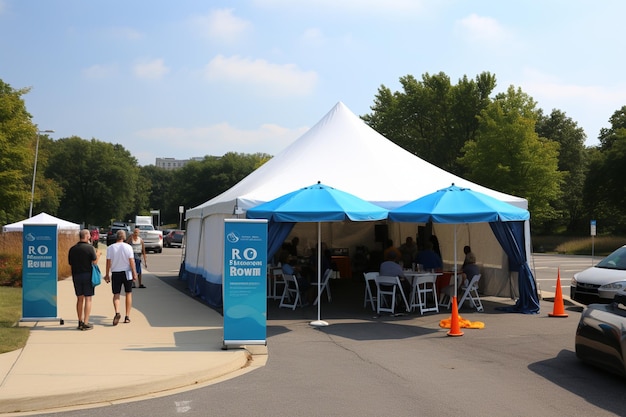
Tool wear in a high-volume manufacturing setting becomes a key cost factor, which directly influences the output quality, spindle time, and the cost per part. When the batch sizes are large, any small inefficiency in the use of tools can result in huge money loss. Tool life extension is not just aimed at durability, but more so at consistency in material removal, dimensional tolerances, and surface integrity.
In the rapid prototyping manufacturing environment, where time and cost efficiency are closely interrelated, the optimum tool performance is the key to the repeatability and scale of the output. Moreover, the contemporary CNC milling services are starting to embrace the concept of predictive, as well as adaptive approaches to tracking as well as managing the tool degradation in real-time.
The paper will discuss the innovative techniques to ensure maximum tool life span, decreased tool change-overs, and reduced total milling cost in a high-throughput production environment.
When using high-volume CNC milling services, the tools used need to be selected to suit both the material being milled and the machining parameters to avoid early edge failure.
Nanocomposite coatings such as AlTiN and TiAlSiN on carbide tools provide much better heat resistance, oxidation stability, and hardness retention throughout longer duty cycles. In the case of materials like titanium, Inconel, or hardened steels, coatings that minimize built-up edge development and enhance chip removal are essential.
Proper tool geometry, be it variable helix, multi-flute, or wiper insert, is also important to reduce cutting forces, tool deflection, and to evenly distribute wear throughout the insert. These features are critical, particularly when it is necessary to machine complex components numerous times in a high-volume environment.
In the view of rapid prototyping manufacturing, initial prototype productions usually employ standard tooling to minimize the initial expenditure. Nevertheless, when the design is proven and the product enters volume manufacturing, the transition to optimized tool assemblies pays off in terms of long-term savings that can be measured. Fine-grain carbide tool substrates that are coated can be used to enable a steady tool life at a high rate of material removal. Even tool manufacturers are providing digitally traceable tooling that can interface with CAM systems to provide preemptive warnings of a scheduled replacement.
It is this cooperation between cutting tool design and digital monitoring systems that allows CNC milling services to achieve high part throughput without sacrificing part quality or cutting tool life, particularly when parts are needed quickly and in volume.
Real-time spindle load monitoring and adaptive feed rate control are one of the most successful techniques used to extend the tool life in high-volume applications. These systems constantly vary the cutting parameters depending on the tool load, thermal expansion as well and the vibration levels.
CNC milling services integrated with sensors can measure the variations in cutting resistance and decrease the feed rates before damage to the tools due to overloads. This way, not only can the life of tools be extended, but chatter and surface roughness are reduced to a minimum, meaning less post-processing.
When high-speed machining of aluminum or stainless steel, adaptive controls can keep the material removal rate consistent along the tool paths, even as the tool wears or the material varies in consistency.
In the case of rapid prototyping manufacturing that may frequently lead to low-volume manufacturing, adaptive control is used to make sure that tool life is not traded-off against cycle speed. Monitoring software helps machinists and engineers, as tools can be marked as acting abnormally and corrective measures undertaken before they fail. This is necessary in unattended or lights-out machining toughest, where automated systems need to react automatically.
Also, CNC tool wear compensation routines in the controller can compensate dimensional changes caused by tool wear without stopping the production. Adaptive feeds and smart load sensing together can help CNC milling services prevent unexpected tool breakage and minimize scrap rate, which over hundreds or thousands of units of serialized production runs lowers the cost-per-part.
Toolpath strategy is a frequently ignored factor in tool life optimization. High-efficiency milling (HEM) processes allow a fixed engagement angle and tool loading, resulting in lower temperature peaks and edge chipping. HEM spreads tool wear evenly and allows higher feed rates at reduced radial engagement compared to a conventional slotting or plunge operation.
Multi-axis CNC millingAdaptive trochoidal motion can be used in multi-axis CNC milling services to eliminate dwell time and optimize chip load, extending tool life in complex contouring applications. Also, corner smoothing and lead-in strategies are used to avoid sudden direction changes, which create stress fractures in tool edges. These methods, particularly, are useful in cutting aerospace alloys or hard plastics on a continuous basis.
The coolant management is also another crucial factor that minimizes the wear of the tool. Through-spindle pressure delivery of coolant cleans deep pockets of chips and effectively cools the cutting interface. This plays an essential role in the field of rapid prototyping manufacturing, where tools made of exotic materials or hybrid workpieces need strict thermal control to prevent degradation of the tools.
Tools' life database and real-time spindle usage logs can be used to schedule predictive maintenance to change tools at the right time and prevent catastrophic failure. This practice is necessary in cases where components need to be reproduced on short deadlines and also in maintaining quality.
In the end, when toolpath optimization, coolant strategy, and planned maintenance all intersect in high-volume CNC milling services, the outcome is a quantifiable reduction in tooling cost-per-part as well as easier migration of a prototype to production.
Optimizing tool life is crucial for cost control in high-volume CNC milling services. Advanced coatings, adaptive controls, and strategic toolpaths all play vital roles. These practices enhance throughput and precision in rapid prototyping manufacturing workflows. When intelligently integrated, they reduce waste, downtime, and tooling overhead at scale.






Get all latest content delivered to your email a few times a month.